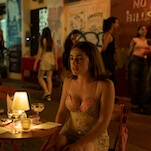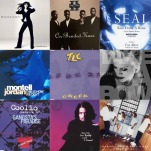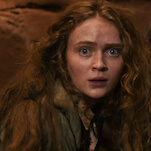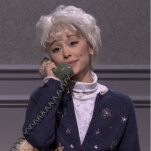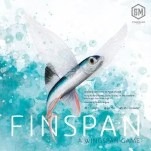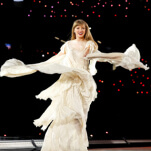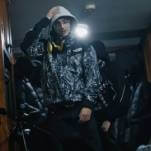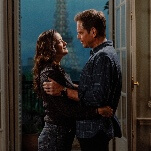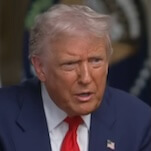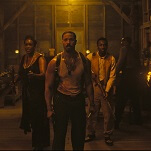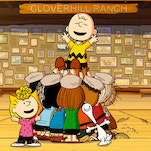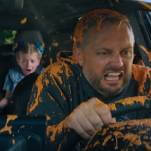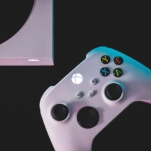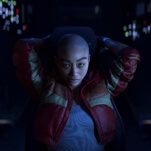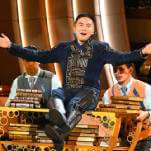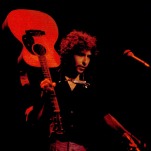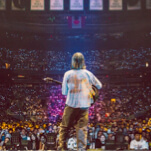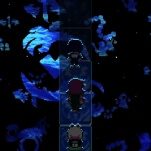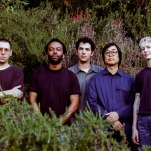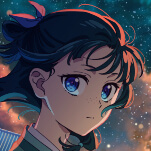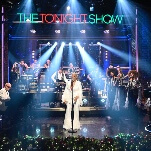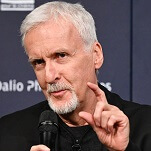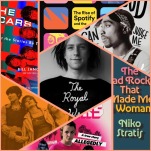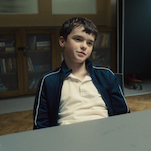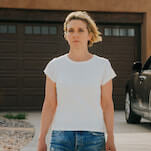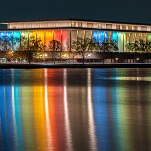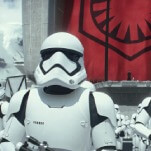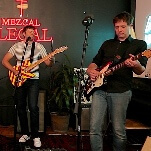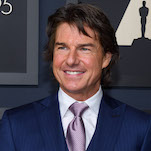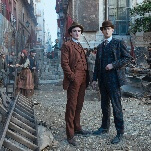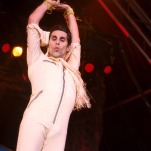It’s all about the Kitty: Hello Kitty Con 2014
It’s 10 minutes into the last day of Hello Kitty Con 2014, and the line at the Hello Kitty Friendship Station Pop-Up Shop is so long it’ll be at least a two-to-three hour wait before you can gain entry and purchase items emblazoned with the character celebrating her 40th anniversary. The Hello Kitty Tattoo Shop (providing real, permanent tattoos) is at capacity; there’s no line yet at the booth offering temporary tattoos, but there soon will be. The penny stretcher also stands alone at the moment. But eventually the crowds will come, and a staffer will be dispatched to hold up a sign helpfully reading “Line Ends Here,” as everyone patiently awaits their chance to place two quarters and a penny in the machine, turn a crank, and receive an elongated penny with an “exclusive” Hello Kitty Con design stamped on it. There are four different designs, and everyone wants one of each, so the line moves slowly.
“Exclusive” is one of the key words at this event, which is being held at the Geffen Contemporary At MOCA in Los Angeles (the other most frequently heard word is “supercute”). When I asked attendees what they most wanted to do at Hello Kitty Con, they invariably responded they’d be making a beeline for the exclusive 40th anniversary merchandise only available at the convention. And the demand for HKC 2014 merch has only increased now that the con is over. The Hello Kitty Con bobblehead that sold for $22 at the convention is going for over three times that much on eBay. The desire to acquire is unquenchable for Hello Kitty fans; Prince Robbie, founder of cosmetics company Adam Haus, appeared on the panel “Guys Love Hello Kitty Too!” and admitted that while he’ll buy two of the same item, planning to sell one later, he’ll end up keeping both, unable to part with any of his collection.
Who could ever have imagined that the wide-eyed, mouthless feline created as a cute—sorry, supercute—design to place on products marketed to children would become the kind of global and cultural phenomenon that brings in over $8 billion a year? In 1974 Ikuko Shimizu, a designer for Japan-based Sanrio Co., Ltd., created a character, then known as “the white kitten with no name,” wearing blue overalls and a red bow on her left ear. In March 1975, the first product featuring the icon was released: a small child’s coin purse, sitting between a bottle of milk and a bowl with a goldfish in it. Above her was the single word: “Hello!” Interestingly, though the purse was only released in Japan, the greeting was in English, not Japanese—an early sign of international crossover potential.
The kitten eventually received a name and a backstory. According to Sanrio’s official biography, her full name is Kitty White (“Hello Kitty” is her nickname), she was born in London on November 1, and has a twin sister named Mimmy (the yellow bow on her right ear is how you differentiate the two). She made her U.S. debut in 1976, and for the next decade cultivated an audience among the preteen set. By the ’90s, she’d worked her way over into the alternative scene as a symbol of retro kitsch—Nirvana’s Kurt Cobain was a Hello Kitty fan. But her mainstream popularity really blossomed in the new century; Lady Gaga captured international headlines in 2009 for her Hello Kitty-themed photo shoot in honor of the character’s 35th anniversary, which featured her posing with a bejeweled Kitty head strategically placed over her crotch in one photo, and elsewhere wearing a dress fashioned out of Kitty stuffed toys.
Holding the first-ever Hello Kitty convention in the U.S. is a means of adding more luster to Kitty’s star. Japan might be home to two Sanrio theme parks (Puroland and Harmonyland) and Korea and Taiwan have Hello Kitty Cafés (one will open in Southern California next year), but L.A. received the honor of hosting Hello Kitty Con 2014, held October 30–November 2, with MOCA located, not coincidentally, next door to the Japanese American National Museum (JANM), which is currently hosting the exhibition “Hello! Exploring The Supercute World Of Hello Kitty.”
Thankfully, a media preview is held the night before opening, which allows us a chance to look around before the hordes descend. But our collective bias is already apparent; I stand in the media line with people like Jenn Guhit, of the blog Hello Kitty Foodie (“A happy food blog full of sugar, spice, and Hello Kitty nice”), who’s suitably attired for the occasion in a Hello Kitty dress, ears, and purse (I play it more discretely, wearing only Hello Kitty earrings and sneakers). Even Jeffrey S. (who keeps his last name to himself), who runs the Hello Kitty Hell blog—“One man’s life with cute overload”—is there, as the result of a losing a bet, he grumbles. Nonetheless, judging by the comments left on his blog and Facebook page, a number of Kitty fans peruse his site anyway, to see the pictures he posts. For a True Believer, you can never get enough of the Kitty.
As we mill around the site sipping Hello Kitty cocktails (vodka and pink lemonade) and snacking on Hello Kitty cupcakes (festooned with her signature red bow), something else becomes apparent: Hello Kitty really does put people in a better mood. The staff are smiling as they hand you your gift bag (filled with Kitty swag, including a Hello Kitty-emblazoned apple from Melissa’s Produce), direct you from one attraction to another, happily snap your picture in front of the displays in the “Art Corner” (featuring pieces from modern artists like POSE and vintage-style work from Globe Poster), or assure you that, yes, there’s still time to get a personal hand-drawn Hello Kitty illustration from Yuko Yamaguchi, the Kitty’s designer since 1980. I quickly get in line for a drawing. Afterward, I’m interviewed about the experience by Japan broadcasting network NHK.

